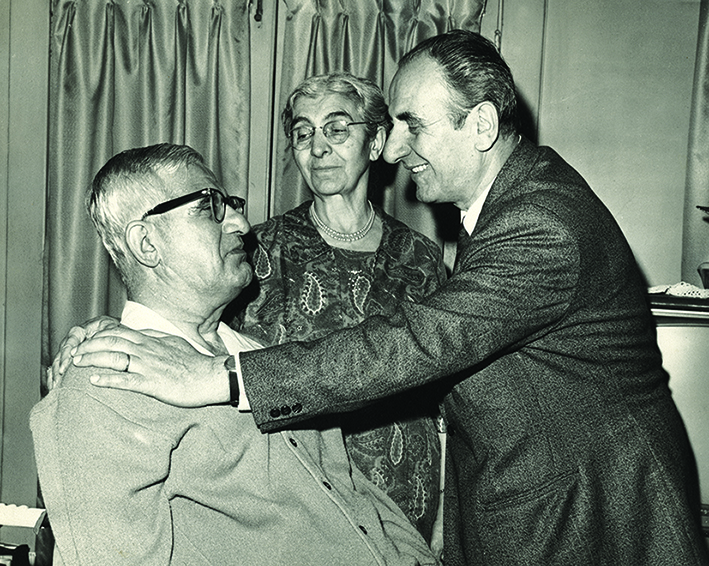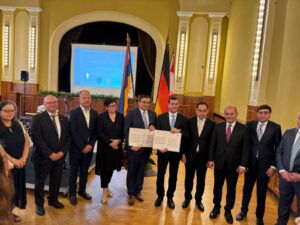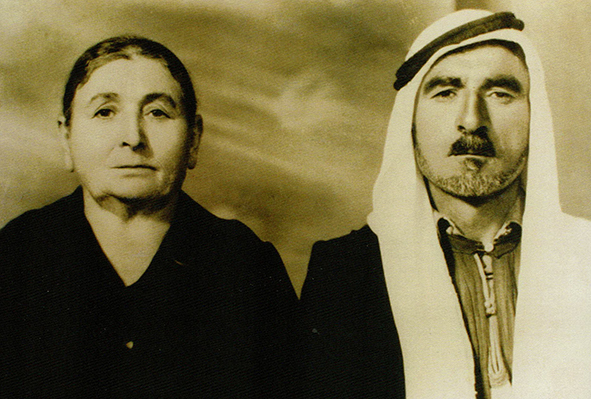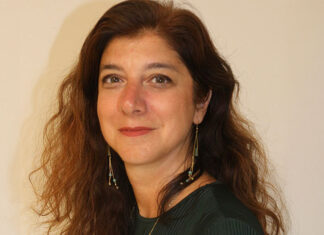By Hayk Demoyan
There many heartbreaking stories related to the Armenian Genocide. Unfortunate men, women and children lost their lovely ones during the horrible years of the inhumane bloody bacchanalia launched by Young Turkish criminals. Among those stories, told and untold, printed and handwritten, can also be found amazing ones, narrating the emotional episode and very moment when family members after long years after the Genocide find their loved ones in Armenia, Syria, America and elsewhere. Many Armenian families were separated due to the Genocide and the Sovietization of Armenia, and they became dispersed worldwide. Changes in world politics kept them apart but also created opportunities to visit one other. After being separated at a young age, some families or family members found the way to visit relatives in Soviet Armenia, or those who remained in Turkey (mostly women kidnapped or victims of forced marriages). Such stories are the exception, but they show the full scope of the enormous human tragedy which happened over a hundred years ago.
Who knows how many mothers and their children passed away unaware of the children who managed to survive them, how many brothers and sisters lost their ties and spent their whole lives apart, without having a chance to meet again?
One miraculous story tells the tragic experience of Yeranouhi Keklikian from Hajin, who lost her husband Hovhannes Keklikian and two young boys. In an attempt to suppress her tragedy and loss, she decided to start a new life and remembered her loved ones while creating a new family. It was on August 22, 1954, when her daughter was in a maternity house to give birth to twins, when her son-in-law passed a letter to her written from her Hajin compatriots. The latter informed her that her son Aram was alive. He had been adopted by the head of the Arab El-Trbo ashiret and became his heir. Aram, who adopted the new name Salman El-Trbo, was married and had children. Mother and son met after 40 years of separation in Gamishli, North Syria. The memorable and highly emotional moment of that meeting was captured in the photo of mother and her 48-year-old son.
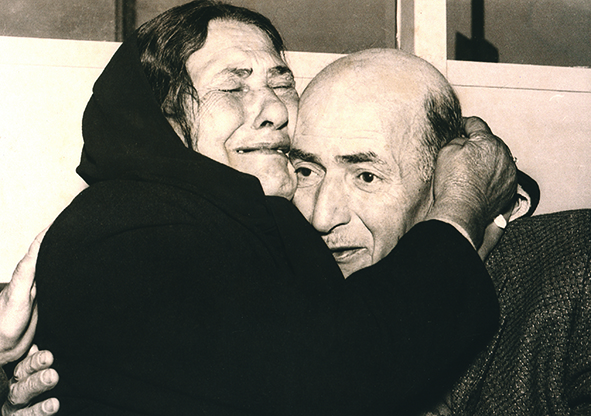
Another photo depicts the dramatic meeting of a sister and brother separated for 45 years after the Genocide of 1915. Leyla Top from Ankara, Turkey met with her brother Yervant Merodian, of Lexington, Mass. They were separated for 45 years after the whole population of the Armenian village where the Merodian family was living was killed. Yervant Merodian thought his sister was among the victims, but she survived, and later on married a Turk. This meeting between sister and brother took place in Boston, in 1960.
